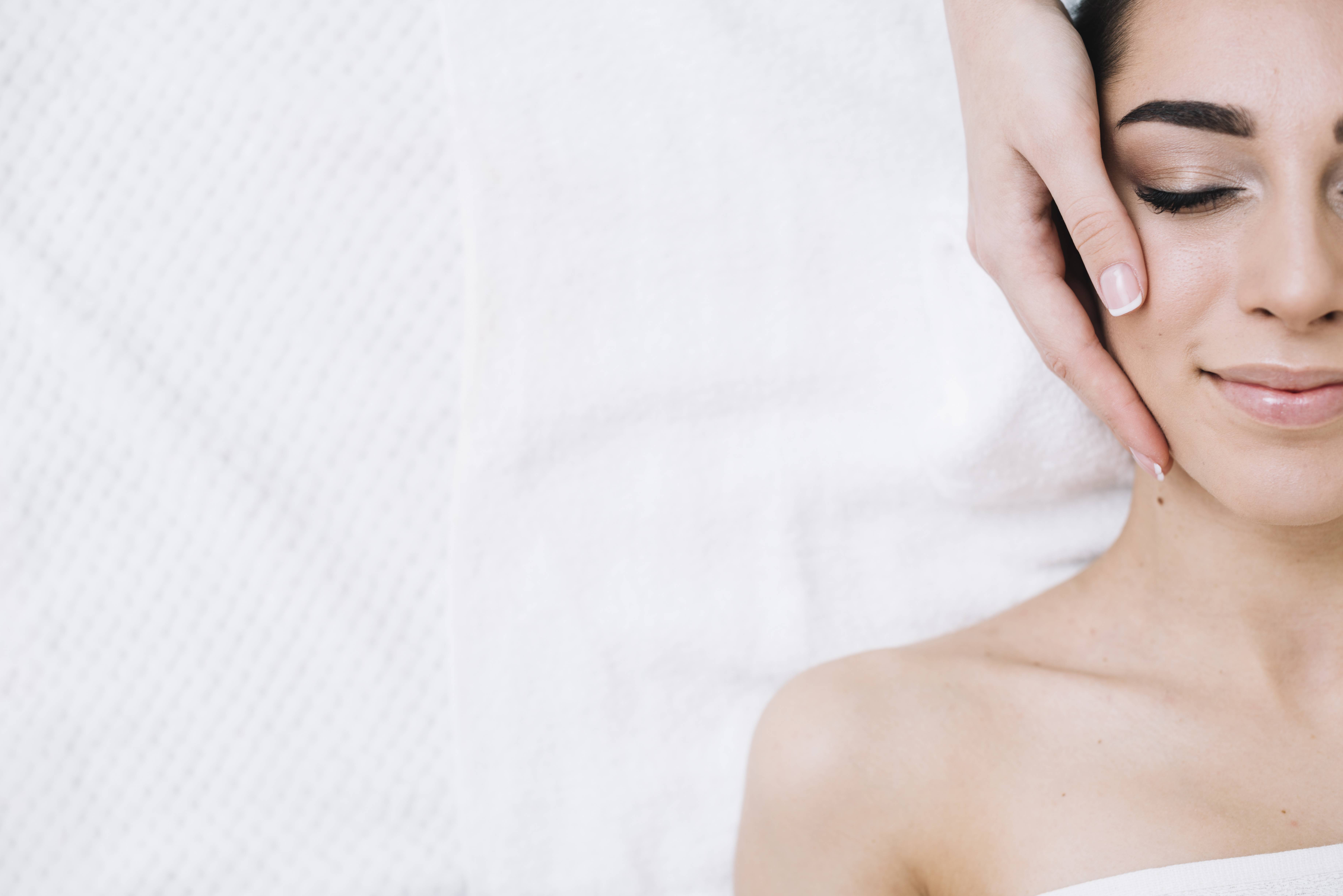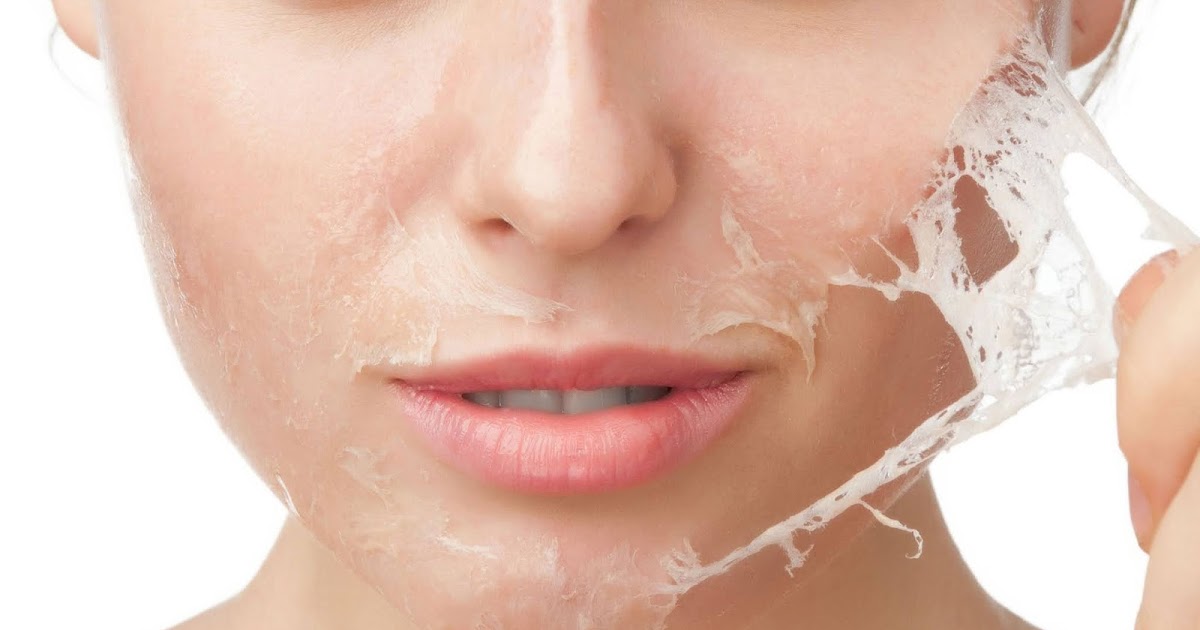White Skin Peeling in Mouth: Causes, Symptoms, and Treatments
What causes white skin to peel inside the mouth. How to identify oral sloughing symptoms. When should you seek professional help for mouth peeling. What are effective home remedies for oral tissue irritation.
Understanding Oral Sloughing: What is Peeling Skin in the Mouth
Oral sloughing, also known as peeling skin inside the mouth, is a condition where the delicate tissue lining the oral cavity begins to shed or peel away. While this phenomenon may seem alarming, it’s often a benign occurrence that can be attributed to various factors. Unlike skin peeling on other parts of the body, oral sloughing usually doesn’t cause discomfort or itching, making it easy to overlook until it becomes noticeable.
The most common areas affected by oral sloughing include the inner cheeks and the inside of the lips. The peeling tissue may appear as small, white patches or strips that can be easily wiped away or may roll up on themselves. It’s important to approach this condition with care, as aggressive removal can lead to raw, irritated areas in the mouth.

Identifying Oral Sloughing Symptoms
- White or pale patches on inner cheeks or lips
- Tissue that easily peels or wipes away
- Absence of pain or itching in affected areas
- Recurrent episodes of skin shedding
Common Causes of White Skin Peeling in the Mouth
Several factors can contribute to the development of peeling skin inside the mouth. Understanding these causes is crucial for effective treatment and prevention.
Sodium Lauryl Sulfate (SLS) Sensitivity
One of the primary culprits behind oral sloughing is an ingredient commonly found in toothpaste called Sodium Lauryl Sulfate (SLS). This foaming agent, while harmless to most, can trigger an allergic reaction in some individuals, particularly those with sensitive skin.
SLS creates the foamy texture in toothpaste that many associate with cleanliness. However, for those sensitive to this ingredient, regular use can lead to irritation and peeling of the oral mucosa. Switching to an SLS-free toothpaste for a few weeks can help determine if this is the root cause of your oral sloughing.

Allergic Reactions and Food Irritants
Food allergies can manifest in various ways, including oral symptoms. Some individuals may experience a rash, raw skin on the roof of their mouth, ulcers, or peeling skin after consuming certain foods. Common allergens include shellfish, nuts, and even some fruits.
It’s crucial to take food allergies seriously, as severe reactions can lead to anaphylaxis, a potentially life-threatening condition. If you experience difficulty breathing, swallowing, or notice your lips turning blue after eating, seek emergency medical attention immediately.
Orthodontic Appliances and Oral Irritation
Recently installed braces or orthodontic aligners can cause temporary irritation to the soft tissues of the mouth. The rough edges of brackets or trays may rub against the cheeks and lips, leading to skin peeling. This irritation typically subsides within a couple of weeks as the mouth adapts and develops tougher, keratinized skin in the affected areas.
To alleviate discomfort during this adjustment period, orthodontic wax can be applied to cover sharp edges. If persistent irritation occurs, consult your orthodontist to ensure proper fit and adjustment of your appliances.
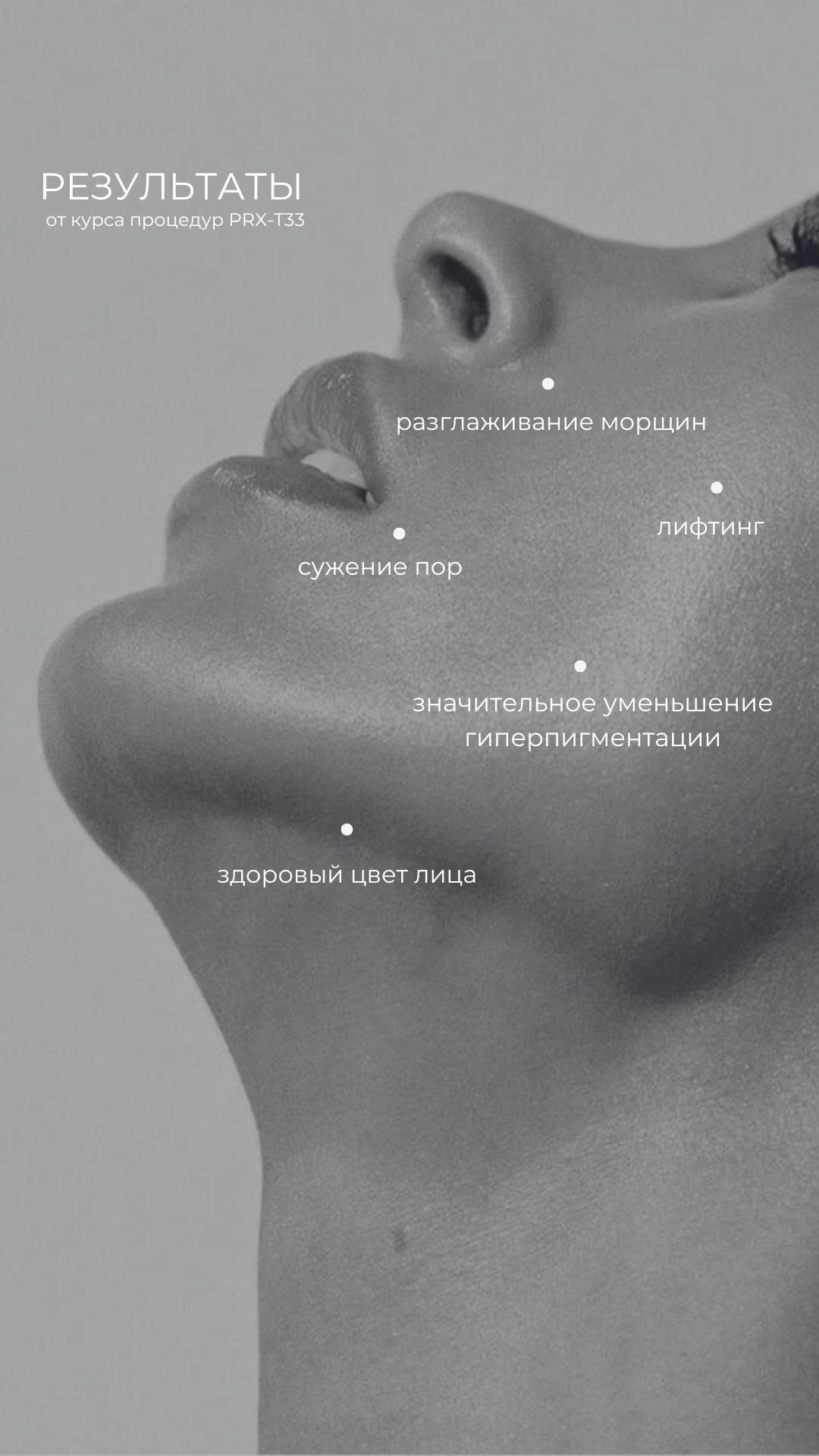
The Impact of Teeth Grinding on Oral Health
Bruxism, the medical term for teeth grinding and clenching, can have significant effects on oral health, including contributing to skin peeling inside the mouth. Chronic teeth grinders often develop a distinct white, raised line along the inside of their cheeks where their teeth meet.
This habitual action can lead to various dental issues, such as worn teeth, broken dental work, and irritation of the oral mucosa. Addressing the root cause of bruxism, which is often linked to stress, anxiety, or sleep disorders like sleep apnea, is crucial for long-term oral health.
Signs of Bruxism-Related Oral Sloughing
- White, raised line along the inside of cheeks
- Worn or flat-looking teeth
- Frequent cheek biting
- Jaw pain or headaches upon waking
Oral Thrush: When Fungal Infections Cause Mouth Peeling
Candidiasis, commonly known as oral thrush, is a fungal infection that can cause symptoms similar to peeling skin in the mouth. This condition is more prevalent in individuals with compromised immune systems, such as the elderly, infants, or those undergoing cancer treatment.

Oral thrush manifests as white patches on the tongue, inner cheeks, and sometimes the roof of the mouth. These patches can be wiped away, revealing raw, red areas underneath. In some cases, the appearance may resemble peeling skin or a white film across oral tissues.
Risk Factors for Oral Thrush
- Weakened immune system
- Use of broad-spectrum antibiotics
- Poorly fitting dentures
- Dry mouth conditions
- Smoking
Treatment for oral thrush typically involves antifungal medications prescribed by a healthcare professional. Improved oral hygiene practices, including regular cleaning of dentures if worn, can help prevent recurrence.
Effective Home Remedies for Peeling Skin in the Mouth
While persistent or severe cases of oral sloughing should be evaluated by a dental professional, there are several home remedies and preventive measures that can help alleviate mild symptoms and promote oral health.
Switching to SLS-Free Oral Care Products
If you suspect that SLS sensitivity is causing your oral sloughing, try switching to a toothpaste free from this ingredient. Many natural and sensitive formulations are available that can effectively clean teeth without causing irritation.
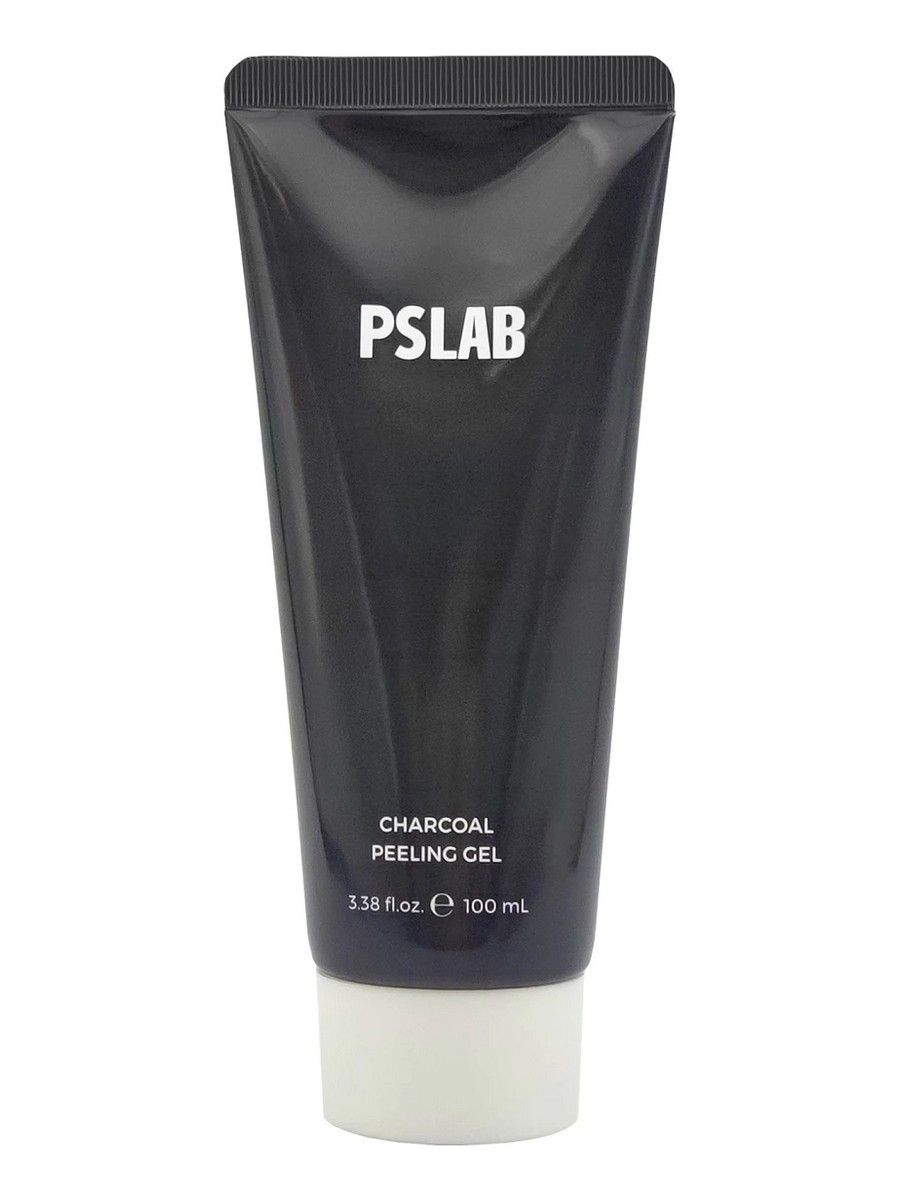
Gentle Oral Hygiene Practices
Adopting a gentle approach to oral care can help reduce irritation and promote healing of the oral mucosa. Use a soft-bristled toothbrush and avoid aggressive brushing or flossing techniques that may further damage sensitive tissues.
Saltwater Rinses
A simple saltwater rinse can help soothe irritated oral tissues and promote healing. Dissolve half a teaspoon of salt in a cup of warm water and gently swish the solution around your mouth for 30 seconds before spitting it out. Repeat this process several times a day for best results.
Staying Hydrated
Proper hydration is essential for maintaining healthy oral tissues. Drinking plenty of water throughout the day can help keep your mouth moist and reduce the risk of irritation and peeling.
When to Seek Professional Help for Oral Sloughing
While many cases of peeling skin in the mouth can be managed at home, certain situations warrant professional evaluation. It’s important to recognize when your symptoms might indicate a more serious condition or require medical intervention.
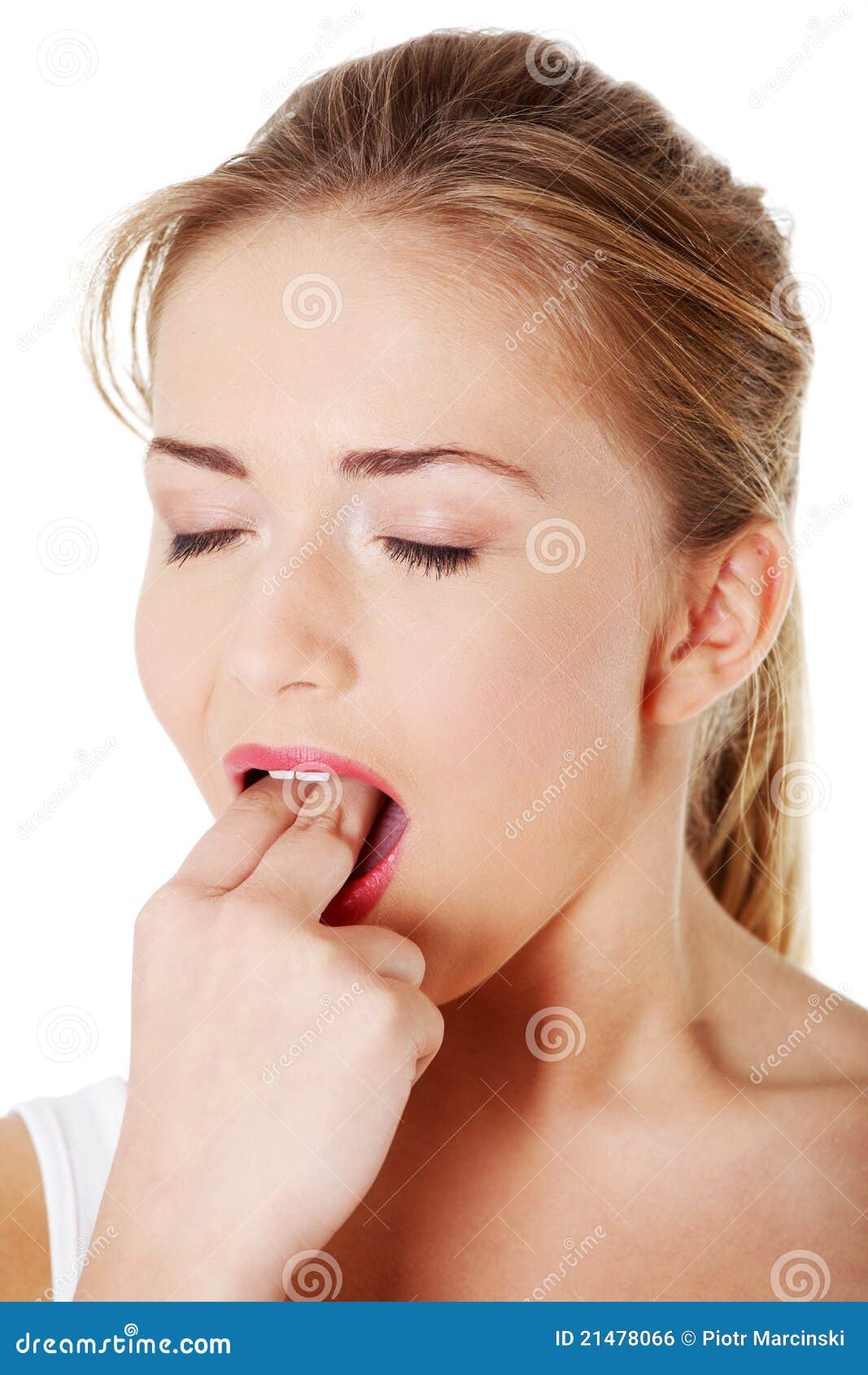
Persistent or Worsening Symptoms
If oral sloughing persists for more than two weeks despite home remedies, or if symptoms worsen over time, it’s advisable to consult a dentist or oral health specialist. They can perform a thorough examination and identify any underlying conditions that may be contributing to the problem.
Accompanying Pain or Bleeding
While oral sloughing is typically painless, the development of pain, bleeding, or open sores in the mouth should prompt immediate professional attention. These symptoms could indicate a more serious condition, such as oral cancer or a severe allergic reaction.
Systemic Symptoms
If mouth peeling is accompanied by systemic symptoms such as fever, fatigue, or swollen lymph nodes, it’s crucial to seek medical evaluation. These signs could suggest an underlying infection or immune system disorder that requires prompt treatment.
Preventing Oral Sloughing: Long-Term Strategies for Oral Health
Maintaining good oral health and adopting preventive measures can significantly reduce the occurrence of peeling skin in the mouth. By incorporating these strategies into your daily routine, you can promote overall oral wellness and minimize the risk of irritation.
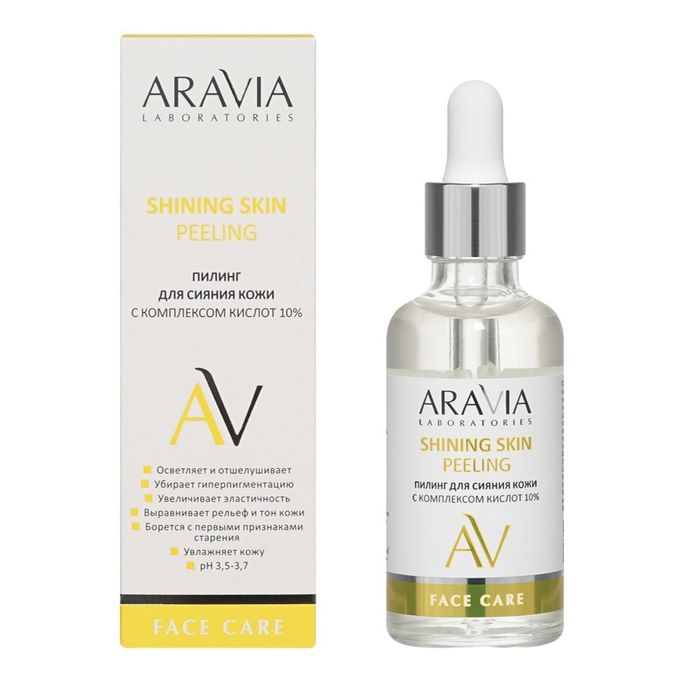
Regular Dental Check-ups
Scheduling regular dental examinations and cleanings is essential for early detection and prevention of oral health issues. Your dentist can identify potential problems before they become severe and provide personalized advice for maintaining optimal oral hygiene.
Balanced Diet and Nutrition
A well-balanced diet rich in vitamins and minerals supports oral health. Foods high in vitamin C, such as citrus fruits and leafy greens, can help strengthen the oral mucosa and improve its resistance to irritation and peeling.
Stress Management
Given the connection between stress and teeth grinding, implementing effective stress management techniques can indirectly benefit oral health. Practices such as meditation, regular exercise, and adequate sleep can help reduce the likelihood of stress-related bruxism and its associated oral symptoms.
Avoiding Irritants
Identifying and avoiding personal triggers for oral irritation is crucial. This may include certain foods, beverages, or oral care products that consistently cause discomfort or peeling. Keeping a log of potential irritants can help you make informed decisions about your diet and oral care routine.

By understanding the causes of white skin peeling in the mouth and implementing appropriate preventive measures and treatments, you can maintain a healthy oral environment and reduce the occurrence of oral sloughing. Remember that while many cases can be managed at home, persistent or severe symptoms should always be evaluated by a dental professional to ensure proper diagnosis and treatment.
Peeling Skin Inside Your Mouth
You’ve probably experienced skin peeling at some point in your life. Maybe you had a sunburn, dry skin, or even poison ivy. But what about peeling skin inside of your mouth? Aka “sloughing” oral tissue.
Peeling skin in your mouth may catch you off guard because it usually isn’t itchy or uncomfortable. Most of the time, it just seems to happen out of nowhere.
Understanding how your skin—including your oral tissues—reacts to things can help you nail down the causes of sloughing. And the quicker you are at your detective work, the sooner you’ll identify the best way to treat it.
What Does Peeling Skin Look Like in Your Mouth?
Oral sloughing is usually the most noticeable just inside your lips or across the inside of your cheeks. Typically, the skin tends to peel here and there or even roll up on itself. You might find that it wipes right off if you rub your finger against it or that it causes more skin to peel if you pull on it. Be careful because you don’t want to hurt yourself or cause unnecessary raw areas.
Be careful because you don’t want to hurt yourself or cause unnecessary raw areas.
What Causes Sloughing Skin in Your Mouth?
There are several reasons behind peeling oral mucosa:
SLS in Your Toothpaste
One of the most common is an allergic reaction to a specific ingredient found in toothpaste known as sodium lauryl sulfate or “SLS.” SLS is an active ingredient that, over the years, dentists have discovered some people develop oral irritation when they use it regularly.
What is SLS used for? You know how some toothpastes are a bit foamier whenever you start to brush your teeth? That’s the SLS working. It gives you the feeling that your mouth is getting clean, even though you don’t technically need bubbles and foamy toothpaste to do that.
Even though most people do typically fine with SLS in their toothpaste, some don’t. Especially individuals who have sensitive skin or react to skincare ingredients more frequently than their friends or family members.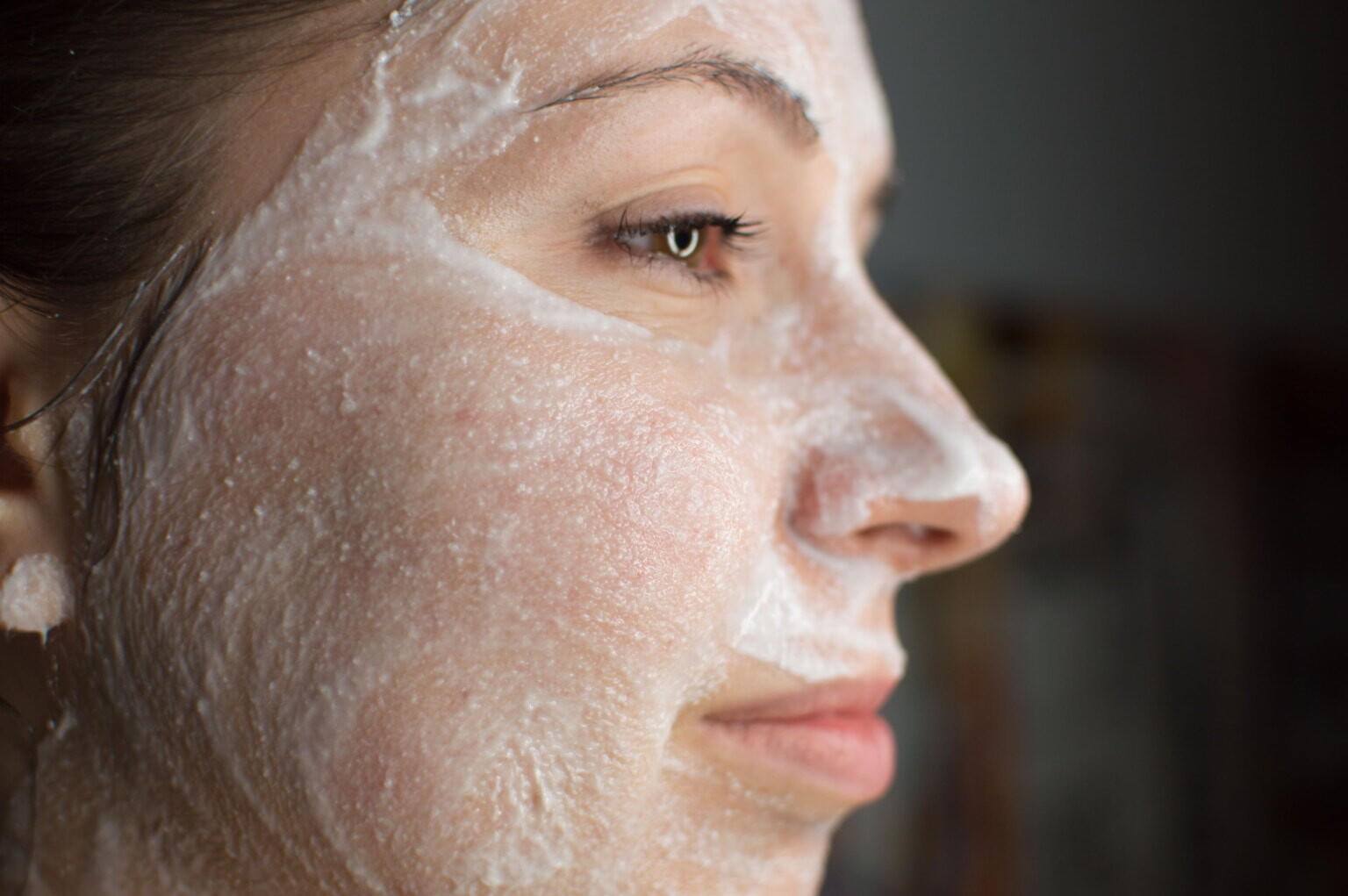
If you try an SLS-free toothpaste for a couple of weeks and see symptoms improve, your peeling skin is probably an SLS allergy.
Allergic Reaction or Food Irritant
In addition to a reaction to SLS, some people experience symptoms of food allergies inside their mouths. This can lead to a rash, raw skin on the roof of their mouth, ulcers, or even peeling skin. Some people are allergic to things like shellfish, certain types of nuts, and even prescription medications.
Severe food allergies can cause anaphylaxis (where your airway swells shut), so be sure to take them seriously. Difficulty breathing, swallowing, or your lips turning blue warrants an immediate 9-1-1 call or trip to the emergency room
Orthodontic Appliances
Have you recently started wearing braces or orthodontic aligners? Sometimes rough edges on your trays or brackets will irritate the inside of your mouth. Normally your lips and cheeks start to “toughen up” within a couple of weeks, forming thicker keratinized skin in those areas, similar to a callous. But for the first several days of wearing a new oral appliance, it isn’t uncommon to see skin peeling where your mouth meets the metal (or plastic.)
But for the first several days of wearing a new oral appliance, it isn’t uncommon to see skin peeling where your mouth meets the metal (or plastic.)
If you’re patient, the skin irritation will improve within a couple of weeks. In the meantime, use your orthodontic wax to cover specific areas. Be sure to see a dentist if there are sharp edges or wires poking out since they’ll need to be adjusted.
You Clench Your Teeth a Lot
“Bruxism” is the term we use to describe someone who clenches and grinds their teeth a lot. Common symptoms include worn, flat-looking teeth, broken dental work, and—you guessed it—peeling skin inside their mouth. There is typically a white, raised line along the inside of their cheeks where their teeth occlude (bite together.) Since people tend to sometimes bite their cheek when they clench and grind, this area can be easy to see.
Normally you want to treat the cause of the bruxism instead of the peeling mouth skin. Teeth clenching is commonly linked to stress, anxiety, and even sleep apnea.
Candidiasis (Thrush)
People who are immunocompromised are more likely to develop oral thrush than those who are not, such as elderly individuals, infants, or someone who is being treated for cancer. Since their immune system is “knocked out” or not built up enough, they are more prone to developing yeast infections. Yes, thrush is a type of oral yeast infection. It’s caused by certain bacteria sort of taking over and proliferating and is highly common in denture wearers.
Oral thrush can sometimes look like peeling skin, a white film across oral tissues that wipes away, or even a cottage cheese-like buildup.
The good news is that improved oral hygiene and prescription steroids are available to help “heal” the infection within a couple of weeks.
DIY Tips for Peeling Skin in Mouth
How can you treat peeling skin or stop oral sloughing? Here are some effective steps to try at home:
- Change your toothpaste to one that doesn’t have sodium lauryl sulfate in it.

- Use orthodontic wax to cover sharp braces or wires.
- Clean removable appliances like dentures every day as directed.
- Never sleep in your denture or partial.
- Eat yogurt or take a probiotic supplement each day.
- Avoid spicy foods or alcoholic beverages (including mouthwash containing alcohol.)
Dental Treatment for Peeling Skin in Mouth
As a general rule, always remember to schedule an extra dental exam between your six-month checkups if you have any mouth sore that doesn’t heal within two weeks. If your oral sloughing doesn’t improve within a couple of weeks or leaves a raw, itchy, irritated area behind, a dentist is the best healthcare professional to see about it.
Serious infections or sores—like those linked to oral cancer—need to be treated promptly. In a worst-case scenario, your dentist might even order a biopsy. But more often than not, they’ll be able to identify what’s causing your peeling skin and show you how to keep it from coming back.
Smile Smarter,
Dr. Joyce
13 Reasons the Skin Inside Your Mouth Is Peeling Off
A slimy sloughing on the inside of your mouth can be unnerving, but should you be concerned? What causes the skin to peel off? More importantly, which of those causes are dangerous?
Read on to learn if the peeling skin in your mouth is a danger sign or nothing to worry about.
13 Reasons the Skin Inside Your Mouth Is Peeling Off
1. You Have Suffered A Dental Injury
Anything that damages or irritates the skin in your mouth can cause peeling.
For example, impact injuries from contact sports or accidents might cause damage. It is also common for sharp or coarse foods to generate tiny cuts on the gums and cheeks during meals.
When these small wounds heal, the damaged, dead skin dries and peels off to make room for new skin.
The American Association of Endodontists recommends that you consult a doctor or a dentist if you experience any dental injury. Some injuries can only be detected by examining your mouth thoroughly.
Some injuries can only be detected by examining your mouth thoroughly.
2. You Have Burnt Your Mouth
Burned skin inside your mouth can peel off, especially if it blisters. Very few people have never burned themselves eating or drinking something too hot. Scalding food and drink may be the most common reason for the skin inside your mouth to peel.
Inflammation of the skin in your mouth can also cause peeling. Spicy and acidic foods like hot peppers and citrus can have a cumulative effect that causes peeling, too.
Finally, chemical burns can cause peeling. Certain medicines, such as aspirin, can burn the sensitive skin inside your mouth and cause peeling.
3. There Is Too Much Friction in Your Mouth
Whenever there is too much friction, the skin inside your mouth can begin to peel. Friction will cause the skin in your mouth to toughen, like a callous. This process is called oral keratosis.
When skin parts toughen, they are more likely to be caught and torn off by teeth or other objects.
Some of the most common sources of friction in the mouth are braces, rough fillings, or misaligned crowns. In addition, people who get new dental appliances may experience the skin on the inside of their mouth peeling.
Smokers may also experience keratosis on the roof of their mouth due to dryness and excessive heat.
4. You Have Morsicatio Buccarum
Morsicatio Buccarum is another name for chronic cheek biting or cheek chewing.
According to the TLC Foundation, someone may start biting their cheeks more vigorously to smoothen them after they find them rough.
Biting your cheeks may sound simple, but the Foundation connects it to the following:
- Isolation of the individual
- Emotional distress
- Co-occurrence of psychiatric disorder
- Shame and embarrassment
- Feelings of guilt
Everybody deals with stress differently. People who tense up and clench their teeth often bite the inside of their cheeks. Many people suffer from bruxism, grinding their teeth while sleeping.
This constant friction and abrasion causes callouses to develop and then peel off. People who bite their cheeks often notice the callouses forming in a line where their teeth come together.
If stress makes you grind your teeth, try to reduce your stress levels and avoid triggers.
5. Your Toothpaste Irritates Your Mouth
Many toothpaste brands use sodium lauryl sulfate (SLS) to bind all the ingredients together. SLS is a foaming agent, which explains why some kinds of toothpaste foam more than others. SLS is a minor skin irritant, and some people have more sensitive skin in their mouths than others.
Check the ingredients and consider switching back if you experience peeling in your mouth after switching toothpaste brands.
6. You Are Allergic to Something
Allergic reactions are inflammatory and can kill skin cells, including those in your mouth. They can also dry out patches of skin and leave a scaly formation like a scab that can peel off. If a food allergy is causing peeling, you can avoid the food in question to prevent it. Antihistamines may work for mild allergies, too.
Antihistamines may work for mild allergies, too.
US Congress passed the Food Allergen Labeling and Consumer Protection Act of 2004 (FALCPA). This law identified the following eight foods as major food allergens:
- Milk
- Eggs
- Fish
- Shellfish
- Tree nuts
- Peanuts
- Wheat
- Soybeans.
On April 23, 2021, the US has declared sesame as the 9th major food allergen.
Allergies to these foods are often quite severe and can be dangerous. Visit an allergist for testing if you think a food allergy is causing the skin in your mouth to peel.
7. Yeast Infection Is Causing Peeling
Yeast infections, popularly known as oral thrush, are common in babies and older adults. Those with weak immune systems are particularly susceptible to thrush. Moreover, certain undiagnosed diseases such as diabetes and autoimmune disorders may increase your chances of developing thrush.
Finally, strong antibiotics can kill off the bacteria in your mouth that prevents yeast growth, leaving you open to infection.
Oral thrush consists of raw, red patches on the skin covered by a slimy white residue. The residue can feel like peeling skin when it is wiped away. It can also cause the corners of the mouth to peel and crack.
Sometimes oral thrush develops on the inside of the cheeks, the roof of the mouth, and under dentures. Probiotics can help prevent it, but doctors often prescribe a steroid cream for chronic cases.
8. Autoimmune Disorders Can Affect Skin
Autoimmune disorders cause your body’s immune system to attack part of your own body. They are often difficult to diagnose, but they frequently affect the skin, including skin on the inside of the mouth.
For example, discoid lupus erythematosus (DLE) and rheumatic skin disease can cause peeling in the mouth. However, oral lichen planus is much more common.
The cause of oral lichen planus is unknown, and diagnosis requires a biopsy. It often flares up after consuming anti-inflammatory medicine. It causes pain, blisters, and marks inside the mouth. After blisters form and rupture, the dead skin inside the mouth may peel away. Severe cases may require prescription medication.
After blisters form and rupture, the dead skin inside the mouth may peel away. Severe cases may require prescription medication.
Oral lichen planus is a chronic condition that may take years to resolve.
9. You Have Stevens-Johnson Syndrome
Stevens-Johnson Syndrome is a serious and rare autoimmune disorder that causes very painful blistering, drying, and peeling. The most common body parts for breakouts are the chest and face, including the mouth. In addition, flu-like symptoms accompany Stevens-Johnson breakouts. The root cause of breakouts is unknown, but a common trigger is a medication or infection.
Stevens-Johnson Syndrome can be fatal, and outbreaks require immediate medical attention.
10. You Are Malnourished
Everyone needs a minimum of nutrients in their diet. The human body requires calories, vitamins, and minerals to maintain proper function. If your body does not consume what it needs over a long period, crucial functions may cease. Most importantly, healing and tissue replacement will slow down, including the skin inside your mouth.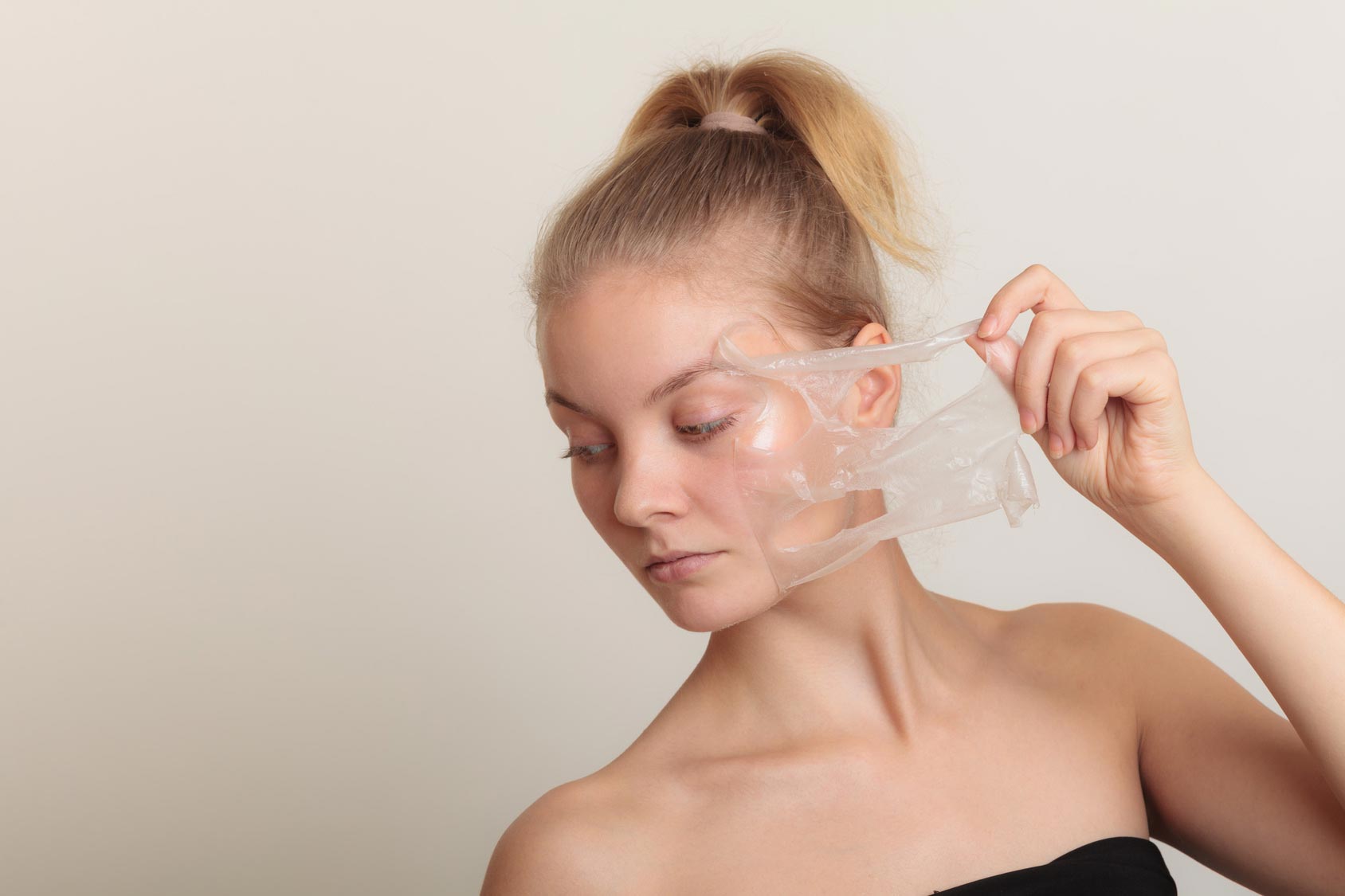 This alone can cause the skin inside the mouth to peel.
This alone can cause the skin inside the mouth to peel.
Malnutrition may be the result of many different conditions, including the following:
- Sufficient food is not available
- Body is not able to absorb available food
- Food does not have sufficient nutrition
- Available food is not the kind of food needed
- Poor appetite
- Poor eating habits
- Alcoholism
- Consumption of culturally recommended specific food
- Inherited metabolic defects.
Malnutrition also suppresses the immune system, allowing infections and diseases to run rampant. Malnourishment makes it more likely that any of the other reasons on this list will cause the inside of your mouth to peel.
11. Anti-Inflammatories Have Caused The Skin Of Your Mouth To Peel Off
According to Johns Hopkins Medicine, anti-inflammatories, like antibiotics, can cause your mouth’s skin to fall.
If your mouth sheds skin, it is advisable to let your doctor know what medications you are on, if any. You may have to discontinue that medicine to prevent further skin peeling.
You may have to discontinue that medicine to prevent further skin peeling.
Do not stop taking the medicine without consulting your doctor first.
12. You Are Undergoing Cancer Therapy
If you are receiving cancer treatments, the skin on different parts of your body may dry, peel and become itchy.
According to National Cancer Institute, some types of radiation therapies and chemotherapies can cause a severe and extensive rash in your mouth.
Keep the area clean. You may need special dressings for the affected spot.
13. You Have Oral Herpes
Oral herpes, also called herpes labialis, can be asymptomatic. It is an infection that can include blisters and ulcers in and around your mouth. It may start with a simple itching and burning sensation but can cause lifelong infection.
Herpes Simplex Virus, or HSV (Type-1), is behind this infection. According to World Health Organization, 3.7 billion people under 50 had oral herpes infection in their mouth or genital in 2016.
If you do not have a strong immune system in place, oral herpes can lead to brain and eye infections.
How to stop skin peeling inside the mouth
- Eat nutritious food
- Change toothpaste
- Change eating habits
- Get treatment for misaligned teeth
- Use a steroid cream prescribed by your doctor
- Stay away from food that causes you allergy
- Do not use dental appliances that do not fit your mouth
- Reduce stress
- Stop smoking
- Seek medical advice if you have burnt your mouth or suffered mouth trauma.
If your skin is peeling because of lichen planus, the American Academy of Dermatology Association suggests that you do the following:
- Quit smoking
- Do not consume alcohol
- See a dentist every 6 to 12 months
- Brush twice a day
- Floss daily
- Do not consume spicy foods, citrus fruits and juices
- Avoid crispy and salty food
- Avoid drinking coffee, tea, and cola
Final Word
From rare autoimmune disorders to scalding hot food, many things can cause the inside of your mouth to peel. For the most part, anything that damages the skin and triggers the healing process can trigger it.
For the most part, anything that damages the skin and triggers the healing process can trigger it.
Luckily, most causes of peeling in the mouth are minor annoyances and are easily treatable. However, various infections and serious disorders that cause the skin in your mouth to peel require immediate attention.
Sources
- Drugbank. ‘Sodium lauryl sulfate.’
- Encyclopedia Britannica. ‘Malnutrition (Pathology).’
- N Lavanya, P Jayanthi, Umadevi K Rao, and K Ranganathan. ‘Oral lichen planus: An update on pathogenesis and treatment.’ J Oral Maxillofac Pathol. 2011 May-Aug; 15(2): 127–132.
- Johns Hopkins Medicine. ‘Lichen Planus.’
- Food and Drug Administration (FDA). ‘Food Allergies.’
- Healthline. ‘Antibiotics Can Kill Healthy Gut Bacteria: Here’s What to Eat to Counter That.’
- HealthLinkBC. ‘Mouth and Dental Injuries.’
- American Academy of Dermatology Association. ‘Lichen planus: Tips for managing.’
- Daniel Pérez-López, et al.
 Oral mucosal peeling related to dentifrices and mouthwashes: A systematic review. Medicina Oral, Patología Oral y Cirugía Bucal. 2019.
Oral mucosal peeling related to dentifrices and mouthwashes: A systematic review. Medicina Oral, Patología Oral y Cirugía Bucal. 2019. - When Skin Sloughs and Peels. Johns Hopkins Medicine.
- Skin and Nail Changes during Cancer Treatment. National Cancer Institute.
- Traumatic Dental Injuries. American Association of Endodontists (AAE).
ALSO FROM SUPREDENT
- Tooth Abscess: Causes, Treatments, and Prevention
- Smile Makeover: Procedures, Costs, and Benefits
- Invisalign Braces: Aligners To Straighten Your Teeth
Leukoplakia of the oral cavity: causes, types and treatment
Leukoplakia is an inflammatory process accompanied by keratinization of the mucous membranes of the oral cavity and white plaque.
In some cases, the disease is not dangerous and eventually disappears without a trace. In others, it can develop into a precancerous condition, and later – into oral cancer. Therefore, the prevention of leukoplakia of the oral mucosa is so important: it is easier to prevent complications than to deal with the consequences.
The risk of disease in men is much higher than in women: 80% of patients versus 20%
“Influence of cryodestruction and antioxidants on the activity of blood leukocyte hydrolases in patients with leukoplakia” Dr. med. Mashkilleyson A. L.
Causes of the disease
Doctors have no consensus on why leukoplakia develops [1, 2]. Among the main factors are external stimuli and internal disturbances in the body.
Mechanical effects on the oral mucosa – too frequent and systematic:
malocclusion and other defects in the position of the teeth;
caries , poor quality or incorrectly placed fillings;
broken crowns, chipped teeth;
incorrectly made and fixed dentures;
galvanic current if prostheses are made of dissimilar metals;
bad habits: constant biting of the lips, gums, inner surface of the cheeks, tongue, as well as the habit of biting a pen or pencil;
too hard, coarse food
Smoking and chewing tobacco.

Abuse of strong alcohol.
Spicy and spicy foods – in large quantities.
Household chemicals and harmful factors at work that irritate the mucous membranes.
Elevated temperatures: too hot food, inhaling hot air in workshops, burning lips with a cigarette in those who like to smoke to the end.
Unfavorable climate: too dry and hot, with frequent winds.
Disorders of the gastrointestinal tract (eg, chronic gastritis and colitis), due to which the mucous membrane becomes more sensitive to external factors.
Vitamin A deficiency.
Hereditary predisposition to keratinization and tumor diseases [6]
Male sex: studies show that sex steroid hormones, namely high levels of free testosterone [2, 3, 8] , influence the development of leukoplakia.

Human papillomavirus.
Chronic inflammation of the oral mucosa.
Weakened immunity, including HIV infection [4] .
Types of leukoplakia
Flat (simple) got its name because the focus of inflammation does not rise above healthy tissues. The most common of all types of leukoplakia of the oral mucosa, usually occurs without pronounced symptoms. Sometimes, mainly at the initial stage, there is increased dryness in the mouth, burning, a feeling of discomfort and “tightness” of the lips and cheeks. Flat leukoplakia can exist for 9 years0087 [7] , the doctor detects it only during a thorough examination of the oral mucosa. The affected areas have the appearance of keratinized spots or films of varying degrees of whiteness, which are not scraped off with the tool [1, 4, 6] .
Verrucous often develops against the background of flat mucosa due to mechanical irritations [1, 7] . The keratinization is progressive, rises above the surrounding tissues and differs markedly in color. There are 2 clinical forms:
The keratinization is progressive, rises above the surrounding tissues and differs markedly in color. There are 2 clinical forms:
Plaque: lesions are milky white plaques, rough, irregular in shape. The main localization of such leukoplakia is the tongue.
Wart: more common, more likely to progress to squamous cell carcinoma. The main difference is dense grayish-white bumpy formations that rise above the mucosa by 2-3 mm. This form of leukoplakia affects the buccal mucosa, corners of the mouth, and the line of lip closure.
Erosive and ulcerative is formed as a result of complications of the two previous types, when mechanical and thermal stimuli constantly act on the foci of inflammation. Cracks, ulcers and erosions appear on the mucous membrane of the oral cavity, which hurt, especially during meals, and heal poorly. There is a high risk of transformation of erosive leukoplakia of the oral cavity into a malignant tumor.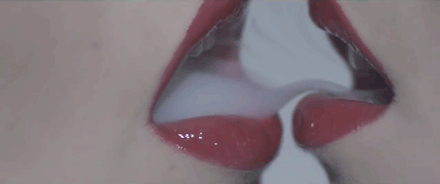
Leukoplakia of Tappeiner smokers (nicotinic stomatitis, smoker’s palate): occurs in those who smoke for more than 20 years [1, 4, 6] . On the palate there are foci of inflammation in the form of a white coating, on which warts with bright red dots are especially clearly visible – the mouths of the ducts of the salivary glands.
Smoker’s leukoplakia is reversible: if you stop smoking and follow oral hygiene, then all symptoms of nicotine stomatitis gradually disappear. Otherwise, Tappeiner’s leukoplakia can transform into cancer.
Mild: usually occurs in children and young people under 30 years of age, disappears with age. It occurs on a nervous basis, if you bite your lip, tongue or bite your cheeks, gnaw a pencil or pen. Often asymptomatic, but sometimes patients complain of roughness and peeling of the oral mucosa: it becomes loose, whitish or gray-white, with seals [1, 6] .
Hairy (hairy): occurs in many HIV-infected people, often due to poor oral hygiene. Hairy leukoplakia occurs due to the Epstein-Barr virus in a weakened immune system and affects the oral mucosa: white or dark brown protrusions or villi appear that are not scraped off [1, 4] .
Hairy leukoplakia occurs due to the Epstein-Barr virus in a weakened immune system and affects the oral mucosa: white or dark brown protrusions or villi appear that are not scraped off [1, 4] .
Symptoms of oral leukoplakia
Dry mouth , burning, pain during eating, other irritating and uncomfortable sensations.
Any changes in the tissues of the oral cavity (rough, smooth or keratinized bumps, spots, plaques, ulcers and seals) that do not heal on their own and are not amenable to scraping.
If you experience any of these symptoms, you should consult a doctor. Diagnosis of leukoplakia of the oral mucosa includes history taking, visual examination and palpation, additional examinations if necessary [7] .
Treatment of oral leukoplakia
Treatment of any form of leukoplakia involves a complex of actions.
1. Eliminate all factors that could provoke the disease:
give up bad habits: quit smoking and limit alcohol consumption, stop biting lips and hands;
if the problem is a filling, dentures or malocclusion fix;
change the diet: give up an abundance of spicy and spicy foods, do not eat too hot food;
get tested for HIV, consult a virologist and immunologist;
take a hormone test.

2. Pass a complete medical examination . It will help identify additional diseases that could cause the disease.
3. Pay special attention to oral hygiene.
4. Include in your diet more fresh vegetables , fruits and other foods rich in vitamins A, B, E and C, take multivitamin complexes.
If the form of leukoplakia is irreversible, the doctor selects further tactics of drug treatment, and if it does not help, he suggests surgical intervention.
List of sources
Grigoriev S. S. Hyperkeratosis of the oral mucosa (lichen planus, leukoplakia): Educational and methodological recommendations / Grigoriev S. S., Ron G. I., Epishova A. A. – Yekaterinburg: Publishing House “CIRCUIT”, 2019.
Kostina I. N. Precancerous diseases of the oral mucosa, vermilion border of the lips and facial skin: Textbook for dental surgeons, maxillofacial surgeons and dental therapists / Kostina I.
 N., Epishova A. A. , Grigoriev S. S., Chernysheva N. D., Sorokoumova D. V. – Publishing House “CIRCULATION”, 2019.
N., Epishova A. A. , Grigoriev S. S., Chernysheva N. D., Sorokoumova D. V. – Publishing House “CIRCULATION”, 2019.Tsvetkova LA, Arutyunov SD, Petrova LV, Perlamutrov Yu. N. Diseases of the mucous membrane of the mouth and lips. — M.: MEDpress, 2009. — 198 p.
Latysheva SV, Budevskaya TV Clinical aspects of leukoplakia of the oral mucosa. // Lectures, BSMU, Minsk. URL: https://cyberleninka.ru/article/n/klinicheskie-aspekty-leykoplakii-slizistoy-obolochki-rta/viewer (accessed 17.04.2020).
Smoking and its impact on health: report of a WHO expert committee. Geneva, 9-14 December 1974 // URL: https://apps.who.int/iris/handle/10665/92896 (Accessed 20.04.2020).
Gorovaya A. S. The need to prevent leukoplakia as a facultative precancer of OCM // Bulletin of Medical Internet Conferences 2017. Volume 7. No. 10. URL: https://cyberleninka.ru/article/n/neobhodimost-profilaktiki-leykoplakii-kak -fakultativnogo-predraka-sopr/viewer (accessed 17.
 04.2020).
04.2020).Goncharik P. V. Leukoplakia of the oral mucosa / Goncharik P. V., Suprunovsky R. N., Panasyuk G. D. – Gomel: Republican Research and Practical Center of RMiEC, 2019. – 27 s.
Makarov Ya. L. Clinical significance of sex steroid hormones and their receptors in leukoplakia of the oral mucosa // Abstract of the dissertation for the degree of Candidate of Medical Sciences, Moscow, 2004. URL: http://medical-diss.com/medicina /klinicheskoe-znachenie-polovyh-steroidnyh-gormonov-i-ih-retseptorov-u-bolnyh-leykoplakiei-slizistoy-obolochki-polosti-rta (date of access: 04/17/2020).
Interview with the head of the department of the dental department of the city hospital Oksana Nikolaevich // Witness, 19.05.2018. URL: http://svidetel24.info/archives/65184 (date of access: 04/17/2020).
Oral leukoplakia
Leukoplakia appears as hard white plaques on the gums or on the inside of the cheeks. Leukoplakia itself is not dangerous, but sometimes it indicates precancerous changes that can lead to oral cancer.
Leukoplakia itself is not dangerous, but sometimes it indicates precancerous changes that can lead to oral cancer.
Definition
Oral leukoplakia is a mucosal disorder that causes white bumps on the gums, inside of the cheeks, on the floor of the mouth, and sometimes on the tongue. These growths are not easy to remove.
The cause of leukoplakia is unknown, but the main factor in its development is the use of tobacco in any form – for smoking, chewing, etc.
Leukoplakia is usually not dangerous, most neoplasms are benign. But, unfortunately, there are exceptions. A small percentage of patients show early signs of cancer, and various types of cancer may develop near areas of leukoplakia. If you notice unusual, persistent growths in the oral cavity, you need to visit a dentist.
Symptoms
Leukoplakia can look different. Changes are usually seen on the gums, inside of the cheeks, on the floor of the mouth, and sometimes on the tongue.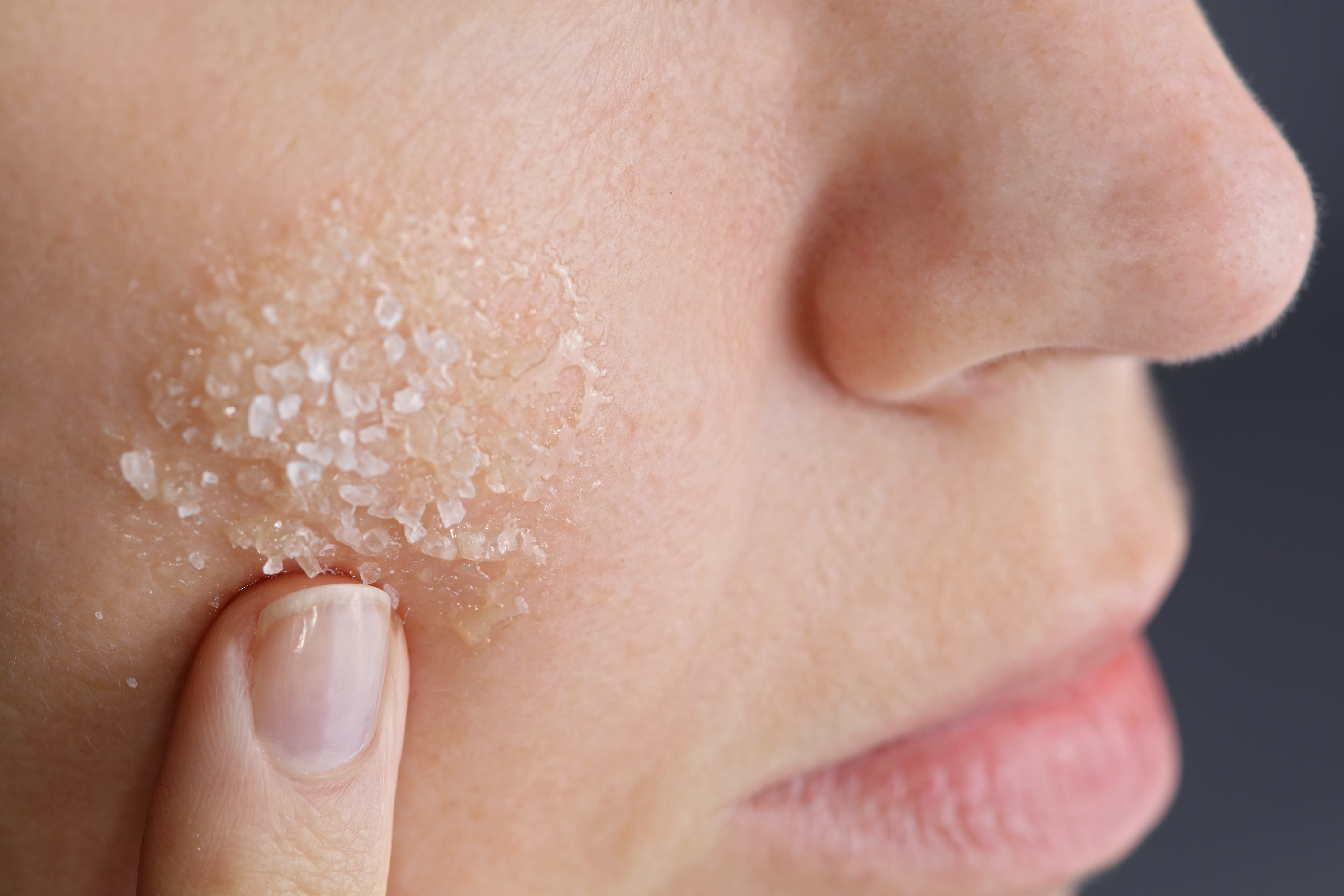 Leukoplakia may present as follows:
Leukoplakia may present as follows:
- White or grayish lesions that cannot be removed
- Rough or keratinized areas of the oral mucosa
- Thickening or thickening of the mucous membrane of the mouth
- Red plaques (erythroplakia), with a high probability of malignant transformation
A type of leukoplakia called hairy leukoplakia is most common in people whose immune systems are weakened by medications or diseases, especially HIV/AIDS. Hairy leukoplakia appears as grayish-white, fold-like elevations on the sides of the tongue. It is often confused with candidal stomatitis, which is characterized by milky white plaques in the mouth, from the back of the larynx to the upper part of the esophagus, and on the inside of the cheeks. Candidal stomatitis (thrush) is also common in people with HIV/AIDS.
When to see a doctor
Sometimes erosions and ulcers are not dangerous, even if they cause irritation or pain. In other cases, they signal a more serious illness. Therefore, you should contact your dentist if you have the following symptoms:
In other cases, they signal a more serious illness. Therefore, you should contact your dentist if you have the following symptoms:
- White plaques or sores in the mouth that do not heal on their own within seven to ten days
- Bumps, white, red or dark spots in the mouth
- Persistent changes in oral tissues
Causes
The causes of common and hairy leukoplakia are different.
Leukoplakia
The cause of leukoplakia has not been fully established. The main predisposing factor for it is considered to be the use of tobacco, both for smoking and for chewing. Three out of four tobacco users develop leukoplakia in the area of the cheek that comes into contact with tobacco. Long-term use of strong alcohol and other irritants can also lead to leukoplakia.
Hairy leukoplakia
Hairy leukoplakia is caused by Epstein-Barr virus (EBV). Once infected, this virus remains in the body for life. Usually the virus is inactive, but if the immune system is weakened by disease or certain medications, the virus can reactivate and cause hairy leukoplakia.
Usually the virus is inactive, but if the immune system is weakened by disease or certain medications, the virus can reactivate and cause hairy leukoplakia.
Patients with HIV/AIDS are particularly prone to developing hairy leukoplakia. Thanks to antiretroviral drugs, the number of such cases has decreased, but hairy leukoplakia still occurs in almost 25 percent of people with HIV, it is one of the first signs of HIV infection. The appearance of hairy leukoplakia in the oral cavity indicates that antiretroviral therapy is ineffective.
Risk factors
Tobacco use poses a real risk of developing leukoplakia and oral cancer. Alcohol combined with smoking further increases the risk.
Complications
Leukoplakia usually does not cause permanent tissue damage in the oral cavity. However, a complication of leukoplakia is oral cancer. Cancer often occurs near the affected areas, and malignant processes can develop in the areas themselves. Even after plaque removal, the risk of cancer remains elevated.
Even after plaque removal, the risk of cancer remains elevated.
As for hairy leukoplakia, it does not cause pain and is unlikely to lead to cancer. But it can indicate the presence of HIV infection or AIDS.
Preparing for your doctor’s appointment
Visit your dentist or general practitioner first. You may be referred to a dental surgeon or an otolaryngologist for diagnosis and treatment.
It is advisable to prepare for the visit. Here is some information to help you prepare.
What you can do
- Write down any symptoms, including any that seem unrelated to the underlying reason for the visit.
- Make a list of all medications and vitamins or supplements you take.
- Write down the questions you are going to ask the doctor.
Making a list of questions will help you make the most of your time at the doctor’s office. If leukoplakia is suspected, the following questions should be asked:
- What could be causing my illness?
- Are there other causes of my illness?
- Do I need special tests?
- Is my illness temporary or chronic?
- What procedures can be applied? What do you recommend?
- What are the alternative treatments other than the one you suggest?
- Do I have to follow any restrictions?
- Do you have brochures or other printed materials that I can take home with me? What sites do you recommend?
Ask any other questions you have.
At the doctor’s office
The doctor will probably ask you several questions, including:
- When did you first notice these changes?
- Do you complain of pain or bleeding from the affected area?
- Do you smoke?
- Do you use chewing tobacco?
- How much alcohol do you drink?
What you can do yourself
Stop using tobacco in any form, this will help reduce or even completely eliminate leukoplakia.
Tests and Diagnosis
The most common diagnosis of leukoplakia is made by a dentist after examining growths in the mouth and ruling out other possible causes. To detect early signs of cancer, a dentist does the following:
- Takes a tissue sample (biopsy) for analysis . To do this, he excised a fragment of the affected tissue with a small rotating brush (brush biopsy) or the entire pathological focus (excision biopsy).

- Sends the tissue to the laboratory for analysis . Using a special optical system, the pathologist detects abnormal cells, if any.
- If the result is positive, you will be referred for treatment . If the brush biopsy is positive, the dentist may perform an excisional biopsy, which will remove the entire layer of leukoplakia if it is small, or refer you to a dental surgeon if the affected area is large.
Medical treatment and medicines
For most people it is enough to stop using tobacco or alcohol to get rid of this disease. If this does not help, or if early signs of cancer are detected, then the dentist will refer you for treatment, which includes:
- Removal of leukoplakia plaques . They are removed with a scalpel, laser, or a probe cooled to a very low temperature, which freezes and destroys cancer cells (cryolysis).
- Follow-up visits .
 Relapses occur quite often.
Relapses occur quite often.
The prognosis is better if leukoplakia is detected and treated early and the affected area is small. It is necessary to undergo regular examinations, check the condition of the oral cavity for the presence of unnatural formations.
Scientists have studied the effectiveness of retinoids in leukoplakia. Retinoids are derivatives of vitamin A and are used to treat acne and other skin problems. Retinoids to some extent help keep the disease under control.
Treatment of hairy leukoplakia
Not all cases of hairy leukoplakia require treatment. Your doctor or dentist may use a wait-and-see approach. If treatment is necessary, there are several options:
- Systemic drugs . These include antiviral drugs such as valaciclovir (Valtrex) and famciclovir (Famvir), which prevent the Epstein-Barr virus from multiplying but do not remove it from the body. Treatment with antiviral drugs will help clear the oral cavity of leukoplakic neoplasms, but they often reappear after stopping therapy.

- Topical preparations . These include podophyllin and tretinoin (retinoic acid). These drugs may improve the condition, but once treatment is stopped, leukoplakia may reappear.
Prevention
The following measures are most effective in preventing oral leukoplakia:
- Do not use tobacco products . This is one of the most effective measures to improve overall health, as well as one of the main ways to prevent leukoplakia. Talk to your doctor about how to quit this bad habit. If friends or family members continue to smoke or chew tobacco, ask them to have frequent dental checkups. Oral cancer is often asymptomatic until a fairly late stage.
- Avoid or limit hard alcohol . Alcohol is a cause of both leukoplakia and oral cancer. The combination of alcohol and smoking promotes the penetration of harmful chemicals from tobacco into the tissues of the oral cavity.



 Oral mucosal peeling related to dentifrices and mouthwashes: A systematic review. Medicina Oral, Patología Oral y Cirugía Bucal. 2019.
Oral mucosal peeling related to dentifrices and mouthwashes: A systematic review. Medicina Oral, Patología Oral y Cirugía Bucal. 2019.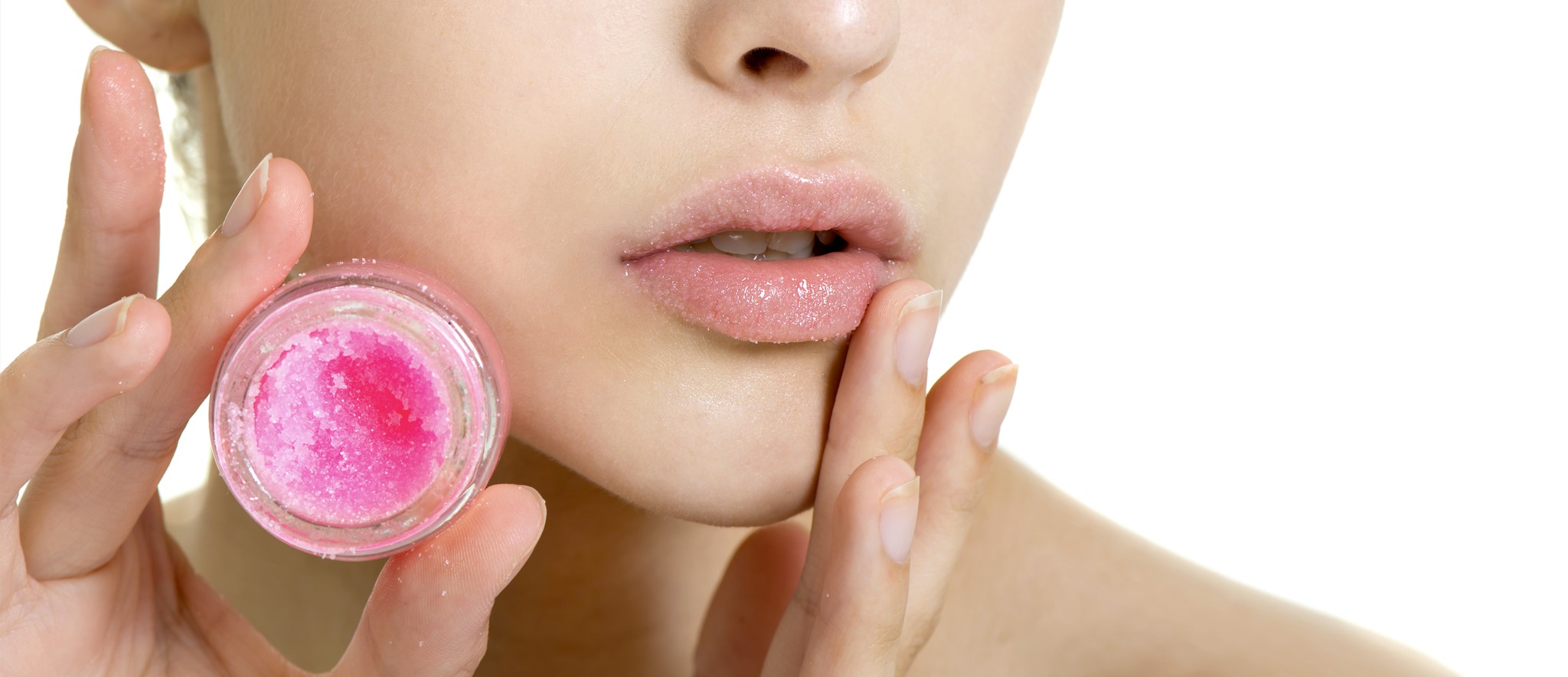


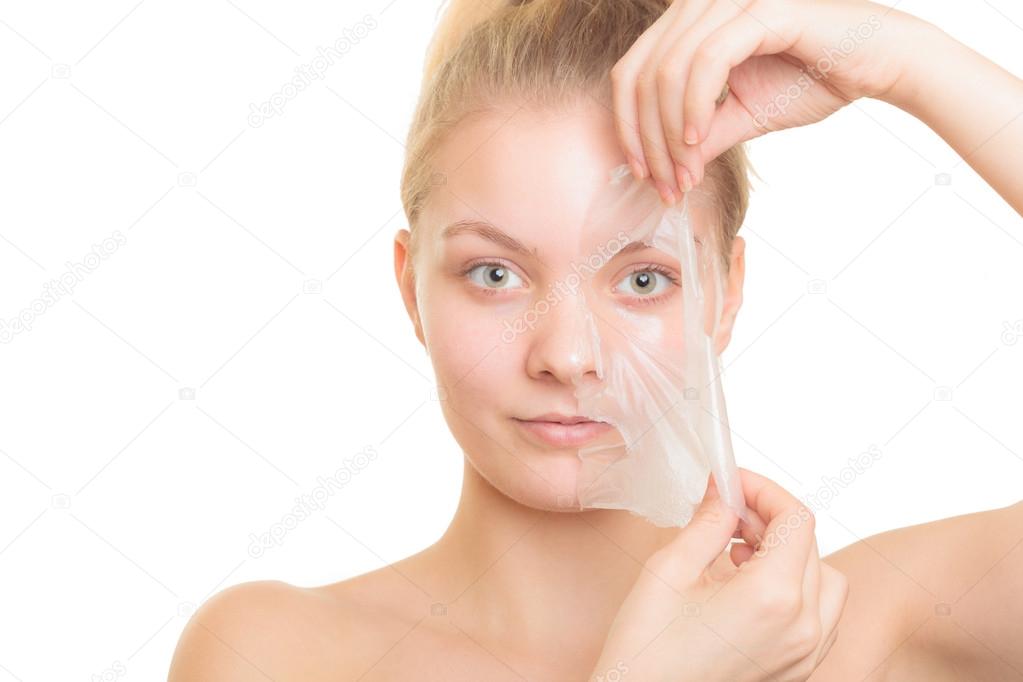 N., Epishova A. A. , Grigoriev S. S., Chernysheva N. D., Sorokoumova D. V. – Publishing House “CIRCULATION”, 2019.
N., Epishova A. A. , Grigoriev S. S., Chernysheva N. D., Sorokoumova D. V. – Publishing House “CIRCULATION”, 2019. 04.2020).
04.2020).
 Relapses occur quite often.
Relapses occur quite often.